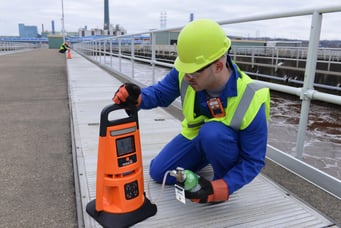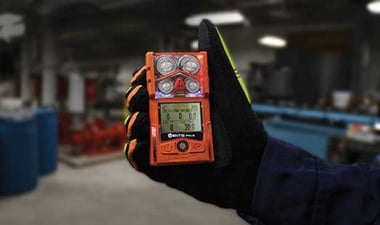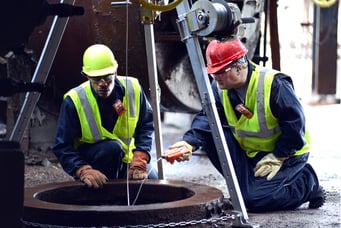Lately, I have been asked a number of questions regarding whether it is necessary to “zero” a portable gas monitor each time it is turned on for use. It’s actually a great question, so what's all this zeroing stuff about anyhow?
As a best practice, we train instrument users to perform four basic steps in clean air each time they turn their monitor on for use:
1. Verify the battery charge level
2. Zero
3. Bump test
4. Clear the peaks.
The key to this is knowing that you are in clean air. You should never zero the instrument unless you know that you are in a clean air environment. Zeroing the instrument in a contaminated atmosphere can lead to confusion in the resulting readings, and may even mask the readings of potentially dangerous concentrations of gas.
If clean air isn’t available, as is common near fires or in smokey areas, you should use zero air (compressed air with impurities removed) to establish a baseline for your monitors. Zero air will not harm your monitors or disrupt sensor function.
With all of that said, if you turn your instrument on and the combustible gas and toxic gas sensor readings are 000 and the oxygen sensor reading is 20.9, what is the purpose of zeroing the monitor? Assuming that your monitor does not mask negative readings (no Industrial Scientific monitor does) there is none and zeroing it at this point is of no benefit. So, if you turn your instrument on and the readings are normal or within limits that are acceptable to you, there is no need to waste time going through the zeroing process. You won’t be any better or safer for it.
But in all cases, if you do zero, make sure you do so in clean air.
Until next time – Be safe and don’t hit the job site without your gas detector.



